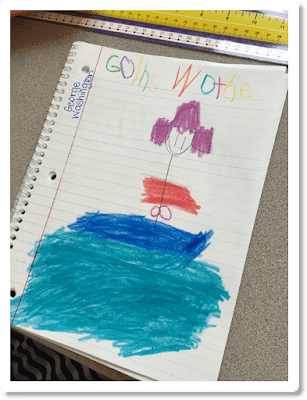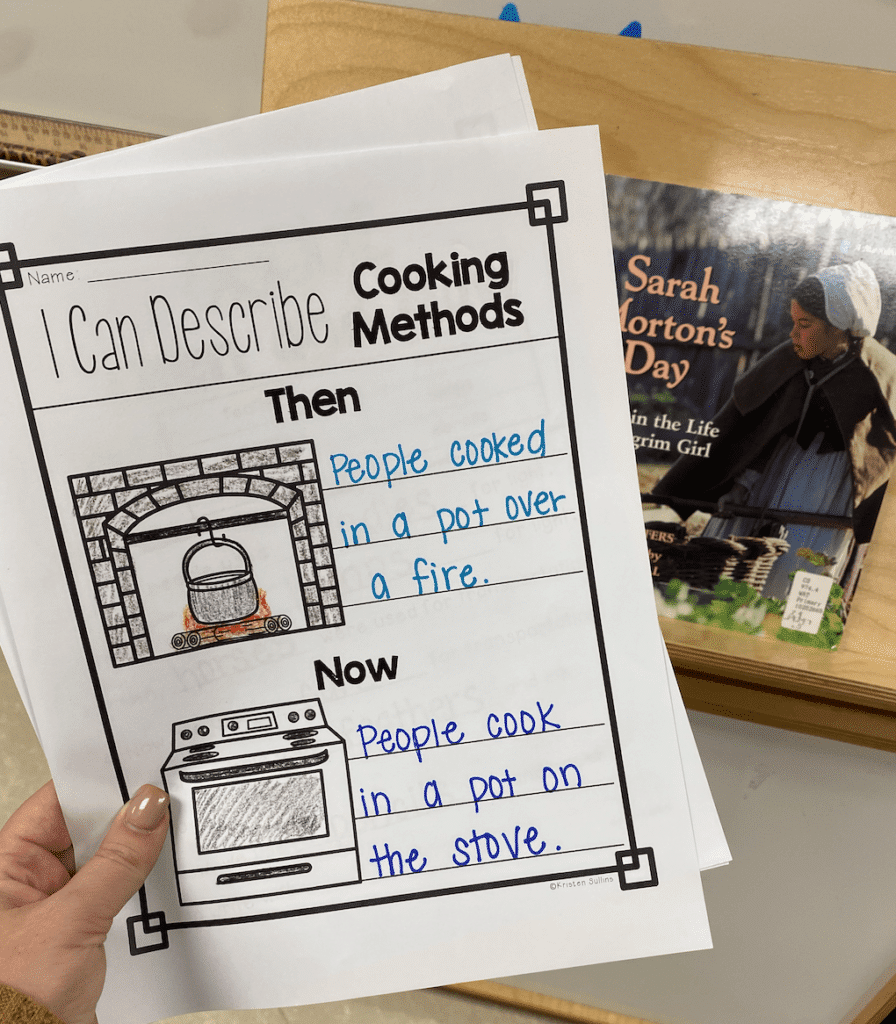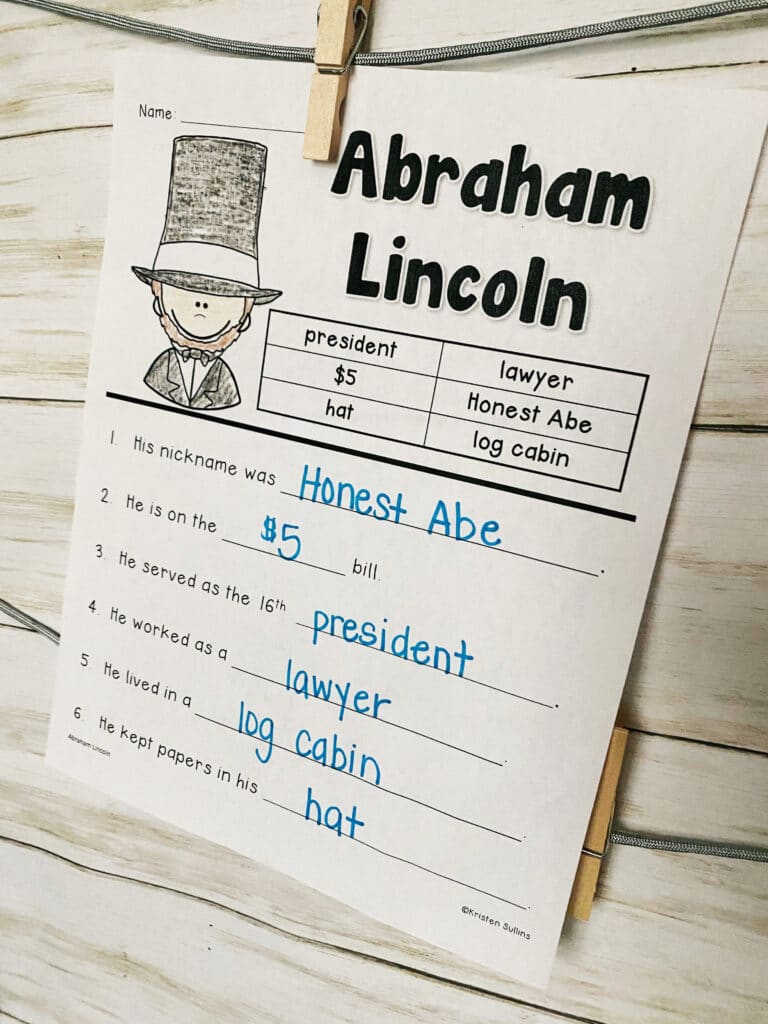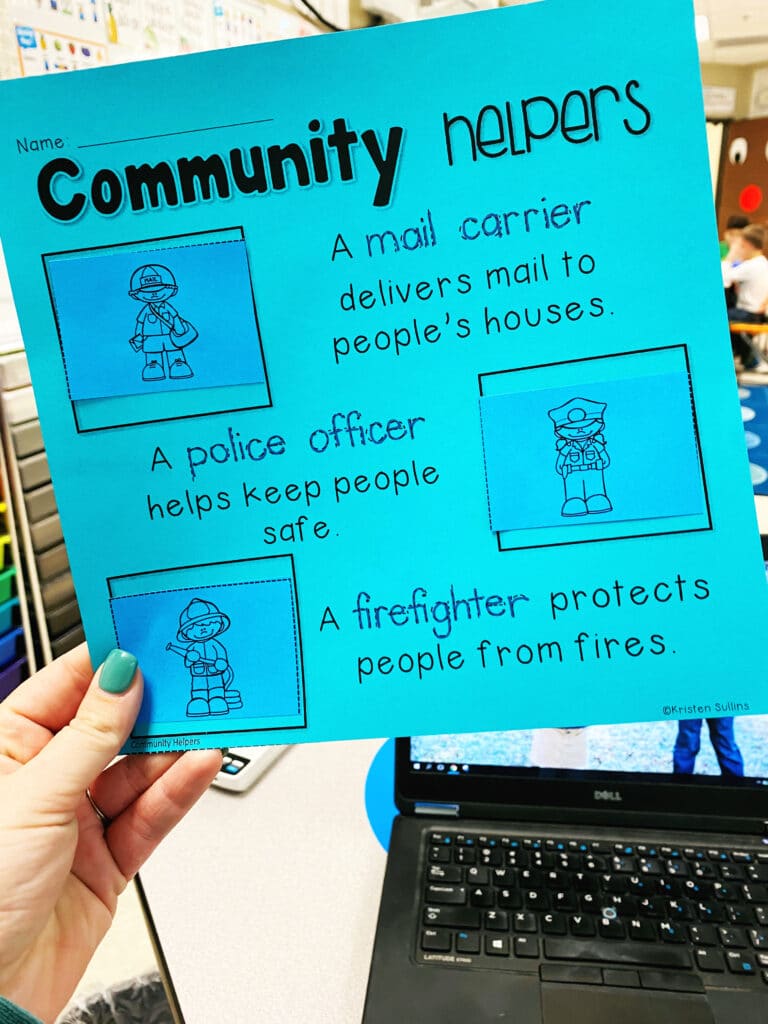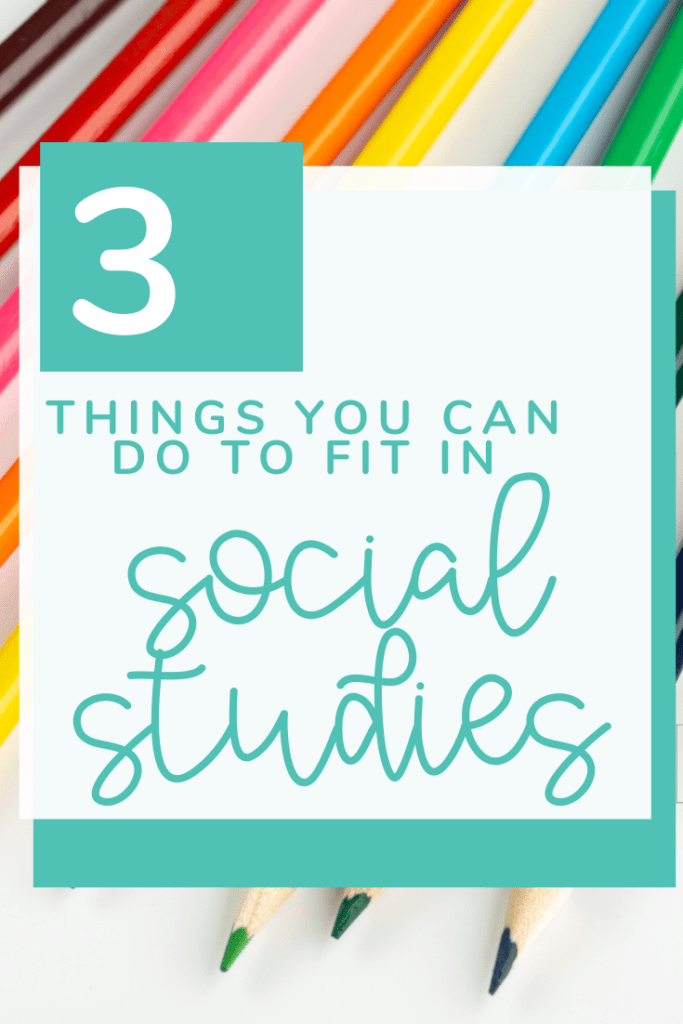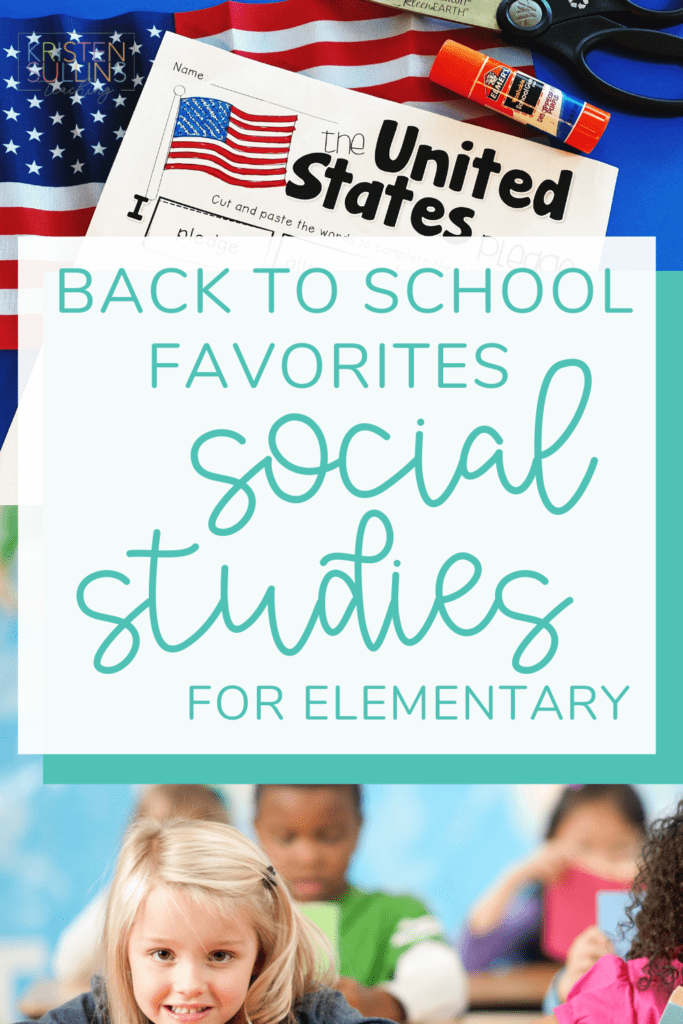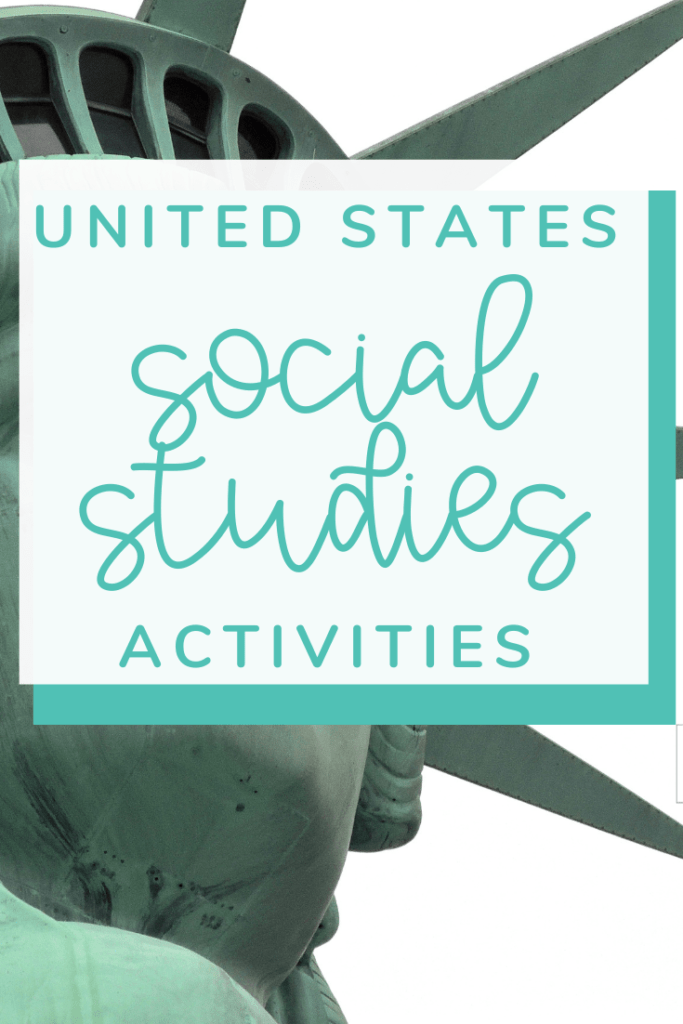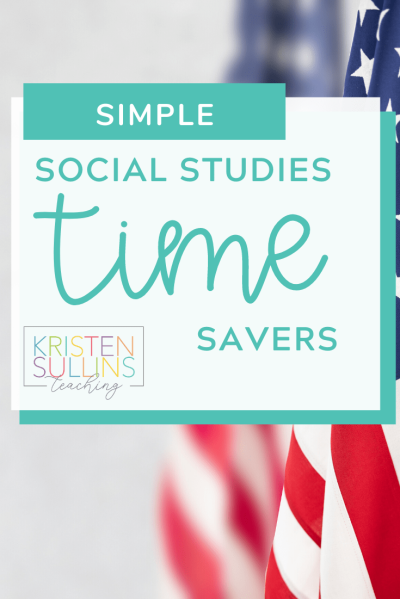
Finding worthwhile Social Studies activities for First Grade can be difficult, but it doesn't have to be!
If you are anything like me, science and social studies is usually the first thing to go if you are in a time crunch.
In fact, for that very reason I have science and social studies scheduled at the very end of the day because, if we are being completely honest, everything about teaching first grade is geared toward teaching reading.
Trust me, I wish I was a super teacher that could fit in thirty solid minutes of social studies everyday, but I'm not, so here's how I compensate in my first grade classroom.
Social Studies Read Alouds
Read alouds are the perfect way to blend social studies topics and lessons with your (more important) comprehension lessons!
I'll also let you in on a little secret… you can find almost any book online/on YouTube so you don't have to go out and buy a ton of books!
It's also a fun way to give students a different perspective on a topic that they might not have considered before.
Social Studies Videos
Brainpop Jr. is my favorite go-to place for great content in the form of less than 10 minute videos! They also have a great “take a quiz” component! If you don’t have access to Brainpop Jr., there are also tons of great, FREE videos on youtube!
What makes this strategy efficient, is that it can be ANY time of day! • 5 extra minutes before lunch • “after recess cool down” • morning work/prep for dismissal
Vocabulary and Schema
On Monday, we start adding to our INTERACTIVE ANCHOR CHART about what we already know about the subject. We continue to add to it throughout the week.
Pre-writing sentence stems is a HUGE time saver and it's a great way to get the kids involved!
Plus, this activity usually takes a total of 5-10 minutes, so it's great if you are on a time crunch!

First Grade Social Studies Activities
I do love a mix of what I consider to be “traditional social studies activities”. Worksheets and guided practice activities that you would typically see in a traditional social studies block.
I like to use a lot of worksheets fill in the blanks with word banks because they challenge the students, but it also has the word bank for support.
I always love a good KWL chart that allows students to inventory what they already know and what they want to know. KWL's are also a great cross-curricular tie to generating questions which is a key reading comprehension skill.
I've also come to love cut and paste activities. It's great fine motor practice for elementary students and can be done independently with a little guidance.
Social Studies Writing Projects
If I really want to dive deep into a topic, I will plan a week long writing project. We will start with our typical vocabulary and schema, but then we record our learning on a writing web.
The next day we will do an informational writing like the Benjamin Franklin writing seen on the right.
On the third day, we will move on to CREATIVE writing which is my absolute favorite! I would have students pretend to be Benjamin Franklin and write about what they would invent if they were an inventor!
It's such a cute and fun way to end the week that allows students to show what they have learned in a fun and creative way!
Use a writing web and writing to page to create a weekly writing project about a Social Studies topic.
Writing Station
And if I want to do all of the fun writing projects but I just don't have time… then I add them into my writing station!
There is not a day that goes by that we do not do Guided Reading stations so this is an easy way to integrate my social studies so it won't get skipped.
I love using my no-prep social studies units for my writing station because they offer “consistency”. My students know what to expect and I’m not wasting any time explaining or modeling how to complete them.
And the best part? I plan one activity that covers two topics: Writing Station AND Social Studies!
Opportunities for Intervention
Part of every one of my no-prep Social Studies units are cut and paste activities.
These activities take a little more guidance and instruction at the beginning of the year, but after a month or so, they easily become independent activities.
And then comes the opportunity for intervention…
How?
Set up your students with an independent activity, such as a cut and paste) during your Social Studies time that would allow you time to quickly pull back a small group. That means the last 15-20 minutes of your day would be open for intervention!
